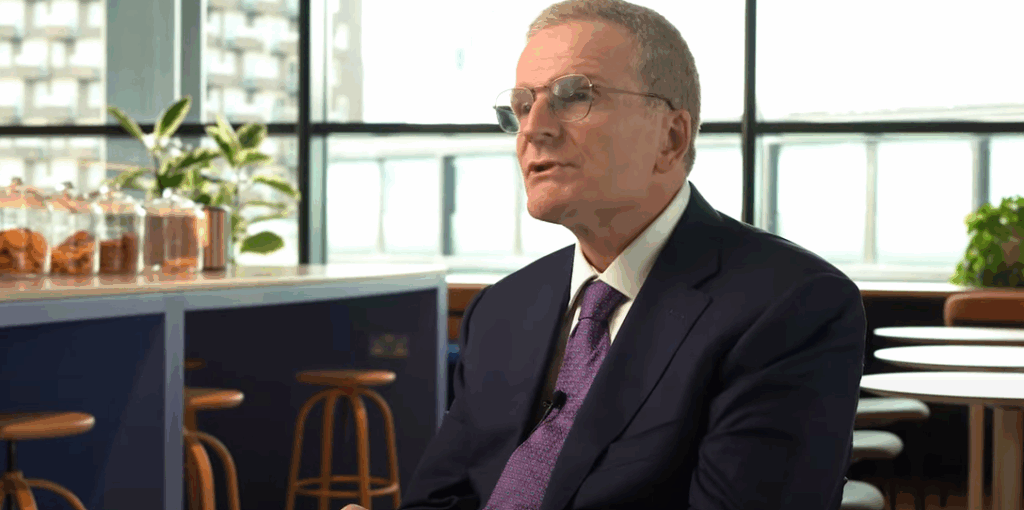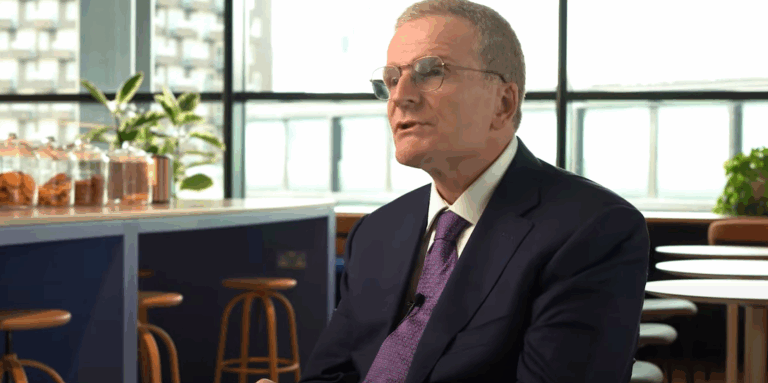The financial profile of Peter Charrington is not just about a fixed amount; rather, it is about a career that bears a striking resemblance to a game of chess played with patience, accuracy, and long-term planning. Because he managed portfolios so large that a single transaction could change entire markets, his years at Citi Private Bank put him at the forefront of decisions made by ultra-wealthy clients. He gained not only a reputation as an advisor but also as a confidant over the course of 26 years, a person who could be trusted with family fortunes worth hundreds of millions of dollars.
Although it is never disclosed to the public, his personal wealth’s magnitude can be inferred from his journey. Global heads of private banks receive extremely generous compensation packages, which frequently include bonuses directly linked to the assets they manage. By the late 2010s, when Citi Private Bank was routinely ranked as one of the best in its sector, Charrington’s leadership was widely acknowledged with honors that represented both prestige and substantial wealth accumulation.
In addition to his direct earnings, his career of established trust in elite circles has contributed to his net worth. He made sure his portfolio went well beyond banking by becoming close to the Lewis family and moving into Nexus Luxury Collection, an ambitious hospitality business he co-founded with Tiger Woods and Ernie Els. These luxury businesses in the Bahamas show how well money and lifestyle can be combined to generate influence and income. Charrington’s current home, the Albany resort, is more than just a place to live; it’s a real-life illustration of the intersection of sport, culture, and wealth.
Peter Charrington Bio Data & Professional Information
| Category | Details |
|---|---|
| Full Name | Peter Clive Charrington |
| Education | Politics, Philosophy, and Economics (Oxford University); Tonbridge School, Kent |
| Career Highlights | Former CEO of Citi Private Bank (2014–2020); Senior Partner at Nexus Luxury Collection; Chairman of Sterling Bank & Trust (Bahamas); Board member at Avaloq Group (Zurich); Senior Adviser to One Equity Partners & UST Global |
| Achievements | Wealth Management CEO of the Year (2019); Led Citi Private Bank to global “Best Private Bank” awards (2018–2019) |
| Current Roles | Non-Executive Chairman of Tottenham Hotspur; Senior Partner in Nexus Luxury Collection |
| Base | Albany, Bahamas |
| Family | Married to Jennifer; father of two children |
| Estimated Net Worth | Multi-million range, linked to decades in global banking, luxury investments, and private equity partnerships |
| Authentic Reference | The New York Times – Peter Charrington |

Charrington has had remarkably stable financial standing when compared to other figures. According to reports, N. James Charrington, his relative, has a $41 million net worth. Given Peter’s high-level roles—managing Citi Private Bank internationally and consulting private equity firms—it is especially logical to assume that his wealth exceeds that. Compared to executives like Daniel Levy, the longtime chairman of Tottenham, whose wealth is mostly derived from ownership stakes, his financial life is very different. Instead, Charrington’s wealth is diverse, adaptable, and extraordinarily versatile, much like that of a highly successful portfolio manager.
Charrington’s appointment as non-executive chairman signaled a cultural shift when Tottenham Hotspur changed its leadership this year, firing Levy after more than 20 years. Charrington oversees more strategically than Levy, who micromanaged transfers and daily operations. His approach is similar to a business model in which the CEO carries out the vision while the chairman maintains integrity and balance. His financial philosophies—empowering trusted individuals, prudently structuring governance, and allowing growth to unfold—are reflected in this division of authority, which is especially novel for Spurs.
This new structure may seem strange to football fans. Levy was renowned for being tough when it came to player transfers and was incredibly dependable in negotiations. Charrington, on the other hand, takes a more institutional stance. However, the goal of this shift is to increase sustainability rather than lessen influence. Charrington guarantees that Tottenham’s operations are significantly enhanced and free from excessive centralization by giving Vinai Venkatesham, the club’s new CEO, more authority. The same values that increased his wealth are reflected in this governance: distributing accountability among reliable professionals rather than concentrating it in the hands of a single powerful person.
His financial trajectory’s societal ramifications are especially significant. Finance experts like Charrington remained in private banking circles for decades, offering discreet advice. These days, their impact is spreading more and more into industries that interact with the public, like technology, sports, and hospitality. Charrington represents the transformation of wealth management into cultural management by entering Spurs’ boardroom. It is similar to Michael Bloomberg’s move from finance to politics, where he used his financial expertise to lead larger organizations.
Charrington’s versatility is what makes his story so interesting. From New York’s Citi skyscrapers to the sunny Bahamas resorts and now to Tottenham’s football corridors, he has traversed seemingly unrelated industries that are actually intertwined. Football teams depend on financial discipline to succeed, luxury resorts rely on athletes and businesspeople as customers, and private equity needs international networks to grow. Therefore, his journey is a very clear example of how one career can combine sport, culture, and finance into a cohesive story of influence and wealth.
People like Charrington bring attention to both sides of the wealth inequality debate. His wealth is derived from industries that cater exclusively to the wealthiest. However, his influence in organizations like Tottenham may result in much more sustainable and transparent structures. As a result, his net worth includes both his personal belongings and the systems he is currently helping to reform.


